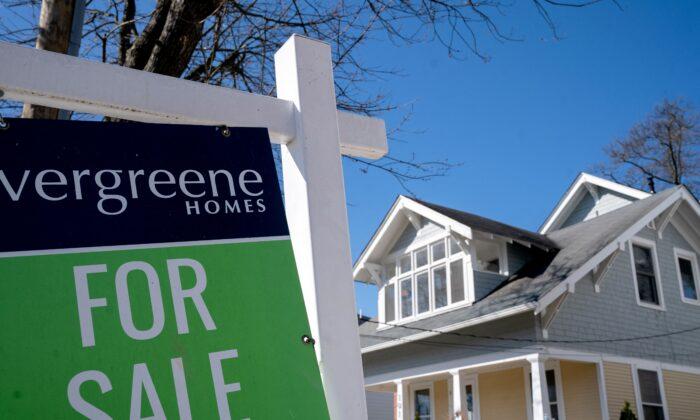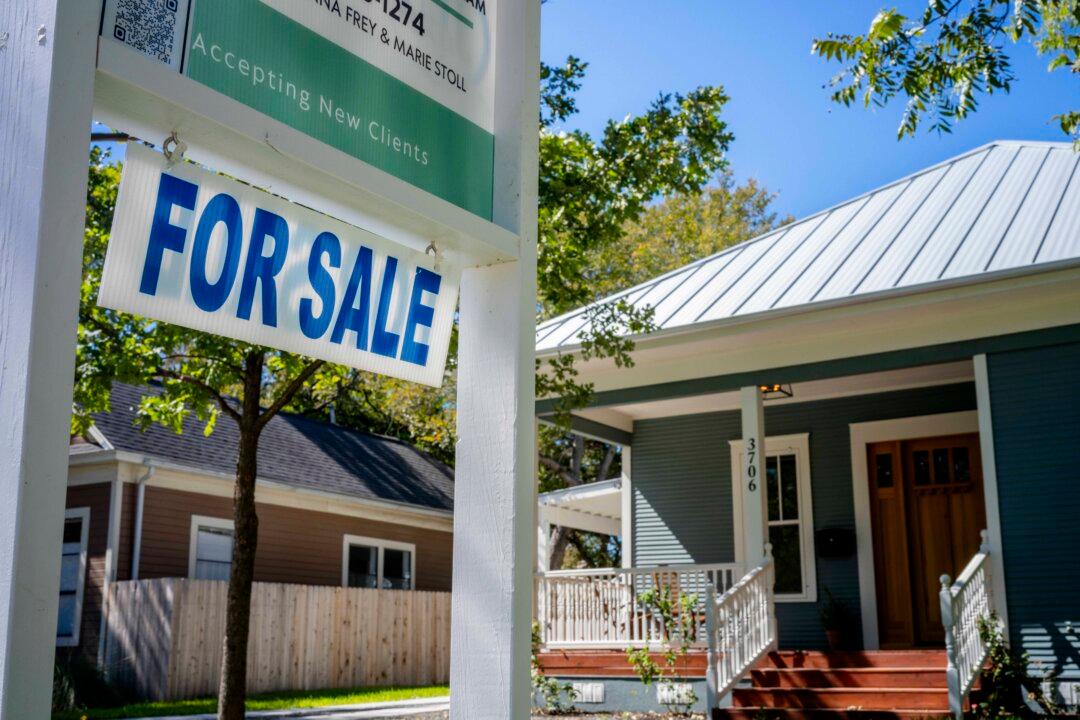In addition, the survey shows that most Americans also expect rents to rise in the short- and medium-term.
Current homeowners and renters expressed a lower expectation of buying a home if they were to move over the next three years. In fact, 54.3 percent said they expected to stay in their current home for more than 10 years, while only 9.4 percent felt they would stay for less than two years. Just over 43 percent of renters surveyed said they had low expectations of ever owning a home.
Still, most households continued to view homeownership as a good financial investment. The average home price change expectation for the coming year was 7 percent, more than a percentage point over last year’s result of 5.7 percent, and the highest level since the survey began in 2014. Over the next five years, the household price change expectation was reported at 2.2 percent per year.
Gay Cororaton, senior economist at the National Association of Realtors (NAR), indicated that 70 percent of U.S. metro areas saw double-digit increases in their median single-family existing-home sales prices. As of May 1, home prices nationwide were still rising by about 17 percent.
“I understand that despite rising interest rates, home inventory is still very tight,” Cororaton told The Epoch Times. “On average, there are still about five offers on homes for sale, and there’s still a lot of excessive competition to purchase a home.”

First-time homebuyers often find themselves in the most difficult position, Cororaton said.
“They’re competing with cash buyers, and only about 10 percent of this group is able to pay cash,” she said. In addition to that, now buyers may have to spend up to $700 more in monthly mortgage payments because of higher home costs and interest rates.
Based on the current median home price of $400,000, with a 5.25 percent interest rate and 10 percent down payment, the average homeowner would be spending about $2,000 a month on principal and interest payments—not including real estate taxes.
“The household income required now for this type of arrangement would be $97,000,” she said. “Last year, when the national median home price was $326,300, the household income needed was $61,000, with monthly principal and interest payments of about $1,270.”
NAR now estimates that about 4 million 25- to 44-year-olds are being priced out of the market.
“Inflation is still not under control, which also contributes to the problem,” Cororaton said.
Half of the country’s top 10 areas with the highest year-over-year price gains were located in Florida, and half of the 10 most expensive markets in the United States were in California, with the San Jose-Sunnyvale-Santa Clara area coming in with a median single-family home price of $1.875 million.
In Seattle, Rachael Mehmedagic (Adler), president of the Seattle King County Realtors, describes the current housing market as “a runaway train.” She told The Epoch Times the current median single-family home price in the city is $920,000, but a whopping $1.625 million in suburban areas.
“We’re still seeing a ton of demand and cash deals. Whenever there is fresh inventory, people just go crazy,” she said. “Many people think they have to buy now before the home prices and the interest rates go higher, and we’re seeing those who were ‘sitting on the fence’ start to take action. I think eventually the rising interest rates may slow down the pace a bit, but not stop it.”
Mehmedagic, a managing broker in Mercer Island, noted that, unlike in other areas, first-time homebuyers aren’t being deterred by the skyrocketing prices.
“We’re a technology city, and a lot of younger, tech-savvy people with well-paying jobs are able to compete in this market,” she said. “Some have even paid up to $2 million for their first home.
On average, she said, this year homebuyers are likely to spend up to $2,300 a month more on the same house that they could have purchased last year. For those looking for more affordable choices, the condominium market has been lagging single-family sales.
“They are significantly lower in price and many people do look to condos as an alternative starter home. Condos are becoming a great option again.”
Many first-time homebuyers are experiencing a similar situation on the East Coast as well.
“I feel bad for those people who said they should have bought when interest rates were around 3 percent, and now they’re over 5 percent,” Melvin Vieira, president of the Greater Boston Association of Realtors, told The Epoch Times.
“This also puts potential buyers in a different mindset, as many may have to start looking at lower-priced homes.”
In the Boston area, Vieira said he’s beginning to see homes for sale spending more days on the market, but he doesn’t predict any kind of major slowdown.
“Even anything priced over $1 million is moving quickly, with a lot of cash deals, and people in this price range don’t seem to be worrying about interest rates. Below $1 million, people are still being pushed around due to lower inventories and multiple offers.”

Vieira suggests that first-time homebuyers consider multi-family dwellings, and rent out the other units to help defray the mortgage costs.
“If a renter is currently spending $2,000 a month or more, they’re not gaining any equity, but with a multi-family option, they can collect rent and also depreciate some costs,” he said.
Another big problem facing the area is a lack of new home construction.
“The last time we did any major building was after World War II. Now the millennial population is the largest in the country, and Generation Z is right behind them, getting ready to enter the housing market,” he said.
Since people now are living longer, many seniors aren’t moving out of their homes to create housing openings; Vieira suggests more “55-plus” communities as one solution. Meanwhile, he said new apartments and condos aren’t coming online fast enough to meet the housing demands of younger people.
The Federal Reserve Bank survey included homeowners across the nation and was evenly divided between males and females, with 30.9 percent reporting that they currently own or have owned a home. More than 17 percent of those surveyed had annual household incomes of $100,000 to $150,000, while 14.1 percent reported incomes of $75,000 to $100,000. A little over 10 percent indicated household incomes of $20,000 to $30,000 per year, while only 5.7 percent reported yearly household incomes over $200,000. Regarding credit scores, 49.4 percent were greater than 760.
In response to the current economic situation, almost 40 percent said they believed conditions would be somewhat worse 12 months from now. Only 0.9 percent were confident the economic climate would be much better.





